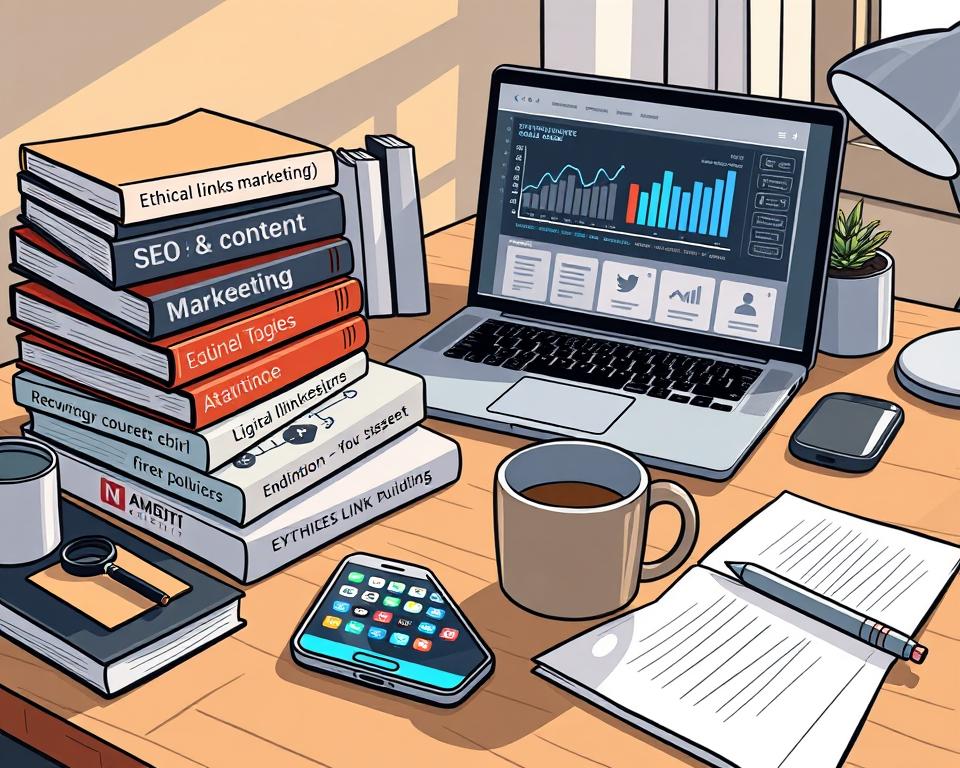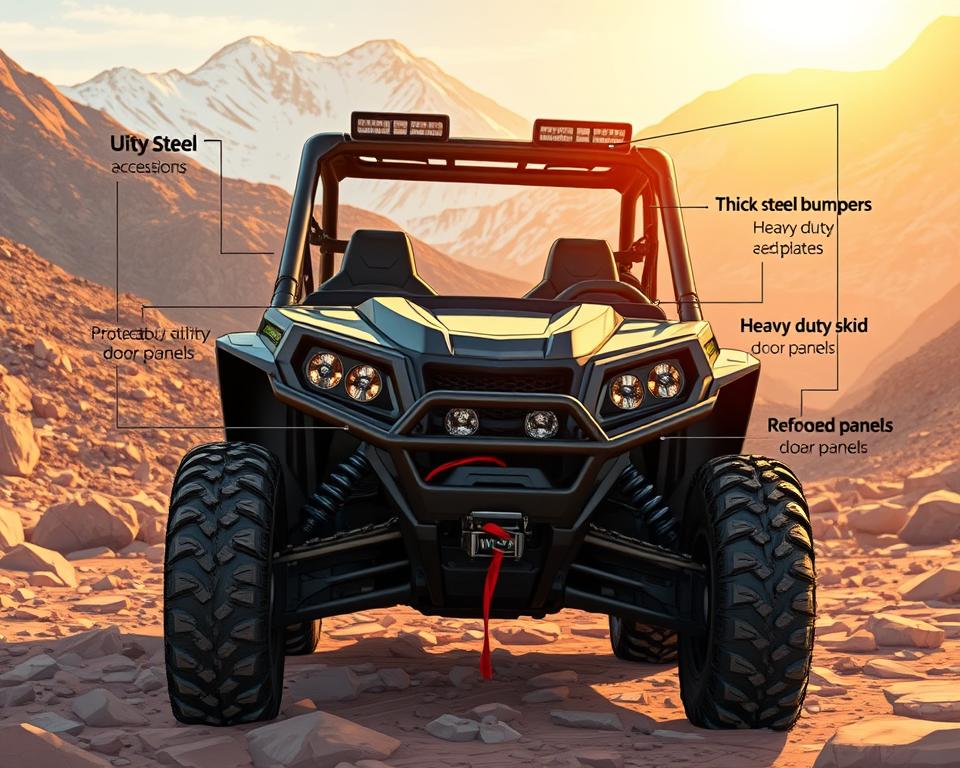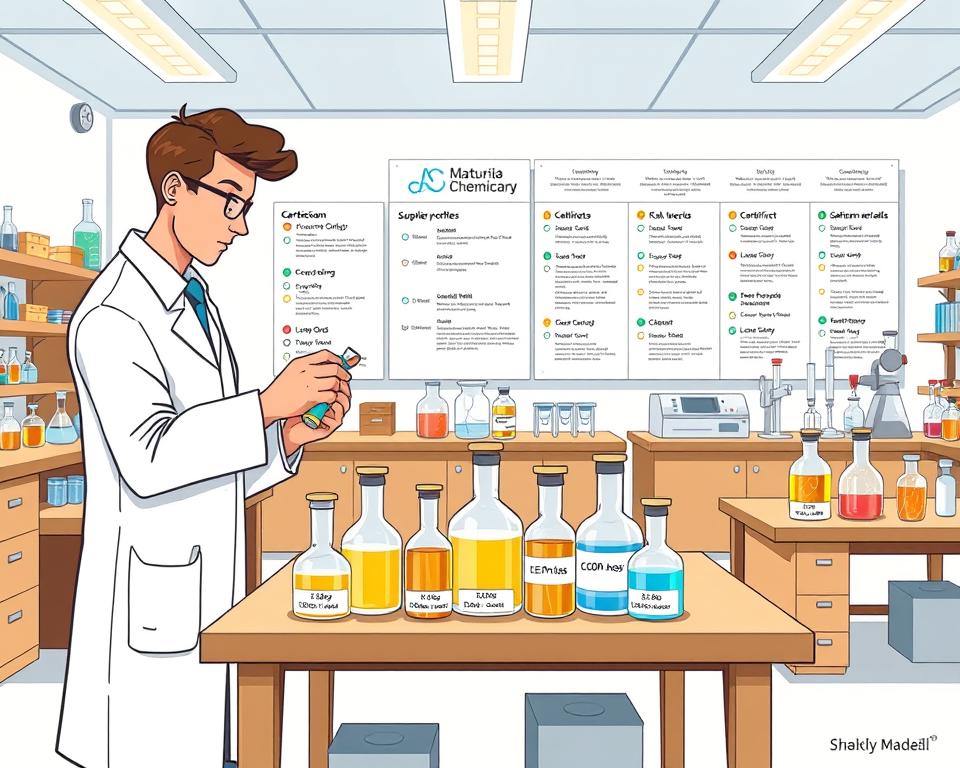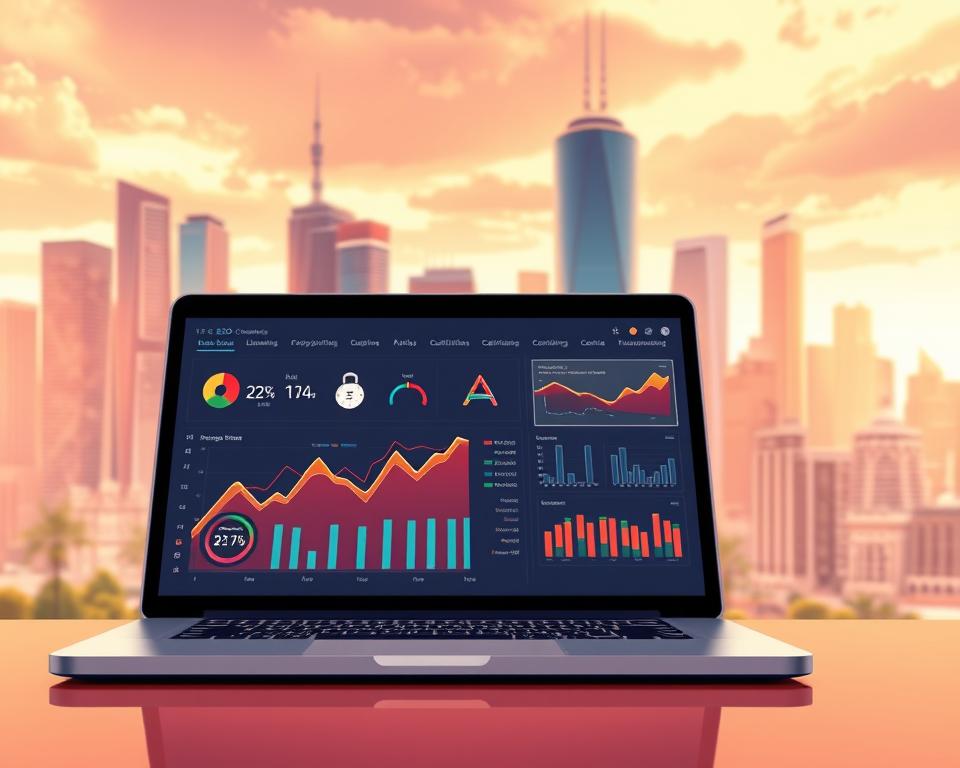Leading Furniture Store in HK: Exceptional Home Essentials
“The details are not the details. They define design.” – Charles Eames. This saying embodies the heart of transforming a residence into a sanctuary. It emphasizes the critical role of quality in furniture selection. Stockroom Furniture is a standout in Hong Kong, renowned for its top-notch home essentials. It features a diverse array of chic and functional furnishings, catering to different tastes in interior design. Each piece not only elevates the aesthetic appeal but also fulfills a functional purpose.
gettting the right Stockroom furniture in a bustling city like Hong Kong can be daunting. Yet, understanding the value of high-quality furniture in Hong Kong can significantly enhance your living space. Stockroom Furniture offers a extensive selection that blends style with functionality. This guarantees that customers can make choices that will stand the test of time. Let’s as we explore the factors making this store a must-see for home essentials.
Why Finding the Right Furniture Shop in Hong Kong Matters
As Hong Kong evolves, so does the approach to home furnishing. Lifestyle and space utility have seen significant shifts. Homes now multifunctional, reflecting a shift in traditional expectations. A furniture shop in Hong Kong that addresses these demands can redefine how residents arrange their environments.
The Evolution of Hong Kong Homes
Modern Hong Kong homes are adapting to emerging demands. They now support work-from-home, hosting visitors, and individual taste. This change demands furniture shops that provide versatile options, blending form and function. Homeowners look for furniture that is both beautiful and practical, creating distinctive living spaces.

Balancing Quality and Affordability
In the current market, craftsmanship and affordability are crucial for consumers. Finding a furniture shop in Hong Kong that meets these requirements is challenging. Homeowners look for long-lasting pieces that express their personality without overspending. By choosing wisely, they can attain a well-furnished home without compromising quality.
Space Constraints and Smart Solutions
Space constraints in many Hong Kong apartments highlight the need for smart furniture solutions. Designs that optimize functionality can turn small areas into functional living spaces. Homeowners invest in modular furniture and storage solutions that are stylish yet compact. These options enable for practical living while maintaining quality and affordability.
Stockroom Furniture: Your Premier Destination for Quality Home Furnishings
Stockroom Furniture is a favorite for those looking for quality home furnishings in Hong Kong. This furniture outlet boasts a vast collection of products, blending classic and contemporary styles seamlessly. From elegant dining sets to comfortable sofas, it caters to varied tastes and needs.
Stockroom Hong Kong is known for its dedication to craftsmanship. It prioritizes sustainability in material sourcing, ensuring each piece reflects eco-friendliness. This eco-friendly approach makes choosing furniture a rewarding experience, as it improves living spaces responsibly.
Whether you’re looking to revamp a room or seeking a statement piece, Stockroom Furniture has you covered. Its offerings are both visually stunning and practical. Each item embodies quality, durability, and style, making it a preferred choice for home furnishings in Hong Kong.
Exploring the Best Furniture Shop in HK Options
Hong Kong is a dynamic hub for furniture shopping, with a spotlight on the best furniture shop in Hong Kong. Stockroom Hong Kong stands out with its custom-crafted furniture, tailored to individual tastes. This diversity highlights the unique offerings of each retailer in this bustling city.
How Stockroom HK Delivers Custom-Crafted Quality
Stockroom Hong Kong is celebrated for its high-quality, custom-crafted furniture. It allows individuals to personalize their living spaces, ensuring a unique touch. This focus on craftsmanship makes Stockroom a standout among top furniture retailers in HK, appealing to those who value quality and design innovation.
Comparing Top Furniture Retailers HK
Stockroom is a leading option, but many other retailers in HK provide competitive options. A detailed comparison shows the importance of product quality, customer service, and accessibility. IKEA and Muji are recognized for their affordability and modern designs. On the other hand, premium stores offer exclusive, designer collections. Pricing, delivery options, and showroom experiences are critical factors in choosing a furniture outlet in Hong Kong.
How Furniture Outlets Distinguish Themselves in HK
Furniture outlets like Stockroom stand out by offering unique products at varied price points. They offer discounts on quality items, making home transformation budget-friendly and stylish. The expertise of the staff improves the shopping experience, offering valuable insights and design tips.
| Feature | Stockroom Hong Kong | IKEA | Muji |
|---|---|---|---|
| Customization Options | High | Limited | Medium |
| Price Range | Premium | Affordable | Mid-Range |
| Customer Service | Personalized | Standard | Highly Responsive |
| Product Variety | Unique Designs | Mass-Produced | Simplistic Aesthetic |
Designer and Luxury Furniture Shops HK
Exploring designer and luxury Furniture HK reveals a vibrant sector catering to varied tastes and styles. Miranda.M and Zara Home stand out for their unique offerings. Each adds to the rich landscape of designer furniture Hong Kong. From mid-century modern to trendy pieces characterize their approaches, ensuring there’s something for everyone.
Why Miranda.M Is a Mid-Century Modern Must-See
Miranda.M stands out as a beacon of mid-century modern design, appealing to consumers seeking timeless pieces with a contemporary twist. The store features an exquisite selection of furnishings that blend functionality with refined aesthetics. Customers can discover beautifully crafted sofas, coffee tables, and accent chairs that echo the iconic style of the 1950s and 1960s.
Each piece is thoughtfully designed to create a living space that exudes sophistication. This makes the store a staple among luxury furniture shops HK.
Why Zara Home Appeals to Trendseekers
Zara Home serves those who seek trendy collections at reasonable prices. With a track record of style and affordability, this store offers an array of home decor items and furniture that appeal to a wide audience. From chic dining sets to fashionable bedding, each collection mirrors current design trends while maintaining high standards of quality.
Whether furnishing a new apartment or updating an existing home, Zara Home provides fashionable solutions that don’t compromise on modern aesthetics.
Affordable Furniture Stores Hong Kong for Every Budget
Searching for affordable furniture stores in Hong Kong can be intimidating. Many look for stylish pieces without overspending. Fortunately, there are stores for every budget, guaranteeing quality and style aren’t sacrificed.
Numerous furniture stores in Hong Kong cater to the savvy shopper. They provide everything from modern designs to timeless classics. Look for brands that balance durability with affordability. Local outlets are ideal for finding unique, budget-friendly pieces.
Explore different sections like living spaces, bedrooms, and dining areas. Each store has unique offerings to make your home both practical and stylish. Watch for seasonal sales and promotions to save even more.
With the right approach and an eye for deals, furnishing your space can be done on a budget. Focus on both function and style to create welcoming spaces that reflect your personal taste.
Specialized Furniture Categories in Hong Kong
Hong Kong boasts a wide array of specialized furniture, meeting diverse needs and tastes. From opulent leather sofas to cutting-edge home office solutions, there’s something for everyone. Custom furniture makers in Hong Kong are key, creating bespoke pieces that improve both function and beauty.
Leather Sofa Hong Kong Collections
The leather sofa collections in Hong Kong are a blend of comfort and sophistication. Made from high-quality materials, these sofas promise longevity and add a touch of style to any living room. With designs ranging from traditional to contemporary, they showcase the skill of local craftsmen, attracting those with refined taste.
Why Custom Furniture Reigns Supreme in HK
Custom furniture makers in Hong Kong combine creativity with personalization. They tailor pieces to fit personal dimensions and styles, enhancing home décor and optimizing space. This approach is ideal for those living in apartments or smaller homes, offering a practical solution.
Designing the Ideal Home Office
The rise of remote work has increased the need for effective home office solutions. Ergonomic Leather Sofa Hong Kong and adjustable desks are essential for enhancing productivity and comfort. These investments convert any space into a productive workspace, catering to the growing number of home-based professionals.
The HK Showroom vs. Online Shopping Dilemma
The furniture shopping scene in Hong Kong is a blend of hands-on showrooms and the convenience of online browsing. Shoppers looking for premium pieces often head to Stockroom Furniture. Here, the personal touch makes the buying journey special. The opportunity to feel and test furniture creates a bond that online shopping can’t match.
Physical Showroom Benefits at Stockroom Furniture
Exploring furniture showrooms in HK has many perks. At Stockroom Furniture, customers can directly interact with the products. This makes it easier to judge comfort and quality. The staff, well-versed, are ready to help, making the shopping experience inviting.
This hands-on experience aids in making better choices and can reveal items you hadn’t considered before.
Online Shopping vs In-Store Experience
Online shopping has become very popular, thanks to its convenience. Websites let customers browse a wide range of furniture from home, skipping crowded showrooms. Yet, this convenience might mean missing out on the tactile experience.
While online reviews and descriptions are helpful, they can’t replace the real-life experience of visually assessing and touching furniture in person. It’s wise for shoppers to weigh both options carefully.
Home Furnishing Stores HK for Complete Room Solutions
Home furnishing stores in HK offer an comprehensive array of options for creating balanced living environments. These establishments provide a one-stop solution for all your room needs, from fundamental furniture to decorative accessories. This streamlined approach guarantees that every item works in harmony, resulting in a unified interior design.
At places like Stockroom Furniture, customers get invaluable guidance on designing both beautiful and practical spaces. The expert staff assists in selecting items that align with personal style and fulfill functional requirements.
These stores serve varied tastes and preferences. Whether you’re drawn to modern aesthetics, classic elegance, or something more unique, you’ll find it here. The ease of finding everything you need in one place makes the shopping experience more enjoyable. It allows you to visualize and create a personalized sanctuary within your home.
How to Shop Smart for Furniture in HK
Shopping for furniture in Hong Kong can be a rewarding journey with the right knowledge. Smart shopping strategies can guide you through the busy market, ensuring you get the most value. Collaborating with seasoned home stylists, timing your buys, and considering delivery details can greatly enhance your shopping experience.
Working with Home Stylists like The Editors Company
Partnering with home stylists, such as The Editors Company, brings tailored insights to your shopping. They navigate the vast furniture options in Hong Kong, curating a unified aesthetic. Their expertise in design and functionality streamlines the process and simplifies decision-making.
Timing Your Purchases for Best Deals
Smart shopping involves keeping an eye on seasonal sales and promotions. Furniture stores frequently run discounts during holidays or end-of-season sales. Being alert of these windows can lead to significant savings, enabling you to acquire premium items at reduced prices.
What to Know About Delivery and Assembly
Delivery aspects are vital when buying furniture. Understanding delivery costs, schedules, and assembly options streamlines the process. Some retailers provide free assembly, while others may charge extra. Being aware these details ensures a hassle-free journey from purchase to delivery.
In Closing
Choosing the best furniture shop in HK is key to creating a home that reflects your style, provides comfort, and is functional. Stockroom Furniture shines with its quality and dedication to customer happiness. Their extensive range of customizable options and immersive showroom experience make them a leader in Hong Kong’s furniture scene.
A beautifully appointed home is more vital than ever, given the changing furniture market. Each item plays a crucial role in the ambience and usefulness of your living areas. As you begin your furniture search, explore the many options available—they can greatly improve your lifestyle and showcase your personality.
Furnishing your home can be both fun and rewarding with the right choices. By navigating the furniture market, you can craft spaces that meet your needs and share your story. So, embark on your furniture shopping in Hong Kong and find the pieces that align with your vision of home.
FAQ
What types of furniture can I find at Stockroom Furniture in Hong Kong?
Stockroom Furniture features a wide selection of chic and practical furniture. You’ll find both classic and modern designs, suitable for any interior style.
How does Stockroom Furniture ensure quality in its products?
Stockroom Furniture focuses on craftsmanship and eco-friendly material sourcing. This commitment makes it a top choice for those who value both quality and environmental responsibility.
Are there custom furniture options available at Stockroom Hong Kong?
Yes, Stockroom provides bespoke furniture tailored to your preferences. This personalization enhances your home’s design, guaranteeing it meets your exact requirements.
Why choose Stockroom over other HK furniture stores?
Stockroom excels due to its focus on quality, exceptional customer service, and a curated selection of unique items. It caters to varied price points and styles.
Can I find affordable furniture options at Stockroom?
Stockroom Furniture offers a range of products that blend quality with affordability. This ensures you can find stylish pieces without compromising craftsmanship.
What types of specialized furniture categories are available in Hong Kong?
Hong Kong offers a range of specialized furniture, including premium leather sofas and custom-made pieces. There are also home office solutions for remote work.
Which is better: visiting showrooms or online?
Shopping in physical showrooms like Stockroom allows you to feel the quality and texture of furniture firsthand. Online shopping, on the other hand, offers ease and flexibility.
Which home furnishing stores in Hong Kong offer complete room solutions?
Many home furnishing stores in Hong Kong provide complete room solutions. They provide furniture and decor accessories, ensuring a cohesive interior design.
How can I shop smart for furniture in HK?
To shop smart in Hong Kong, consider working with home stylists, time your purchases seasonal sales, and factor in delivery and assembly for a seamless experience.
What are some of the best furniture shops in HK for luxury options?
For luxury furniture, Hong Kong’s designer and high-end shops, such as Miranda.M and Zara Home, are top choices. They provide stylish collections for those seeking premium statement pieces.








